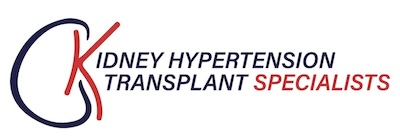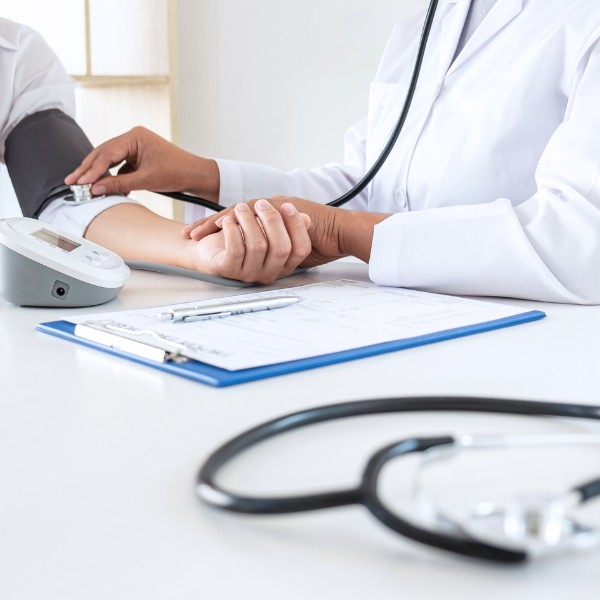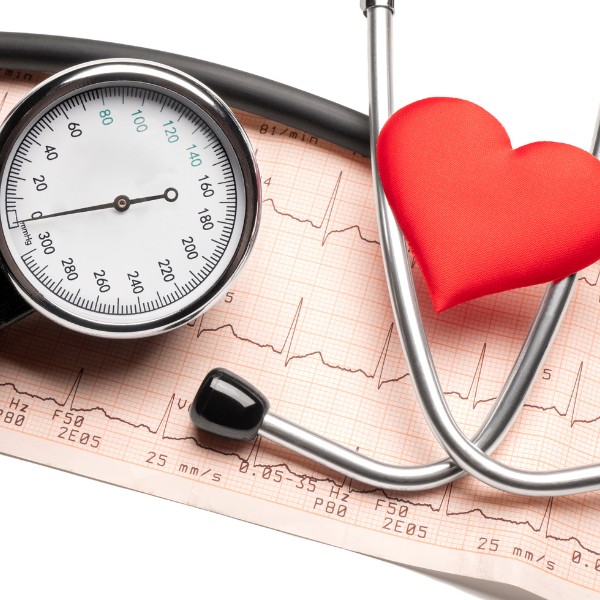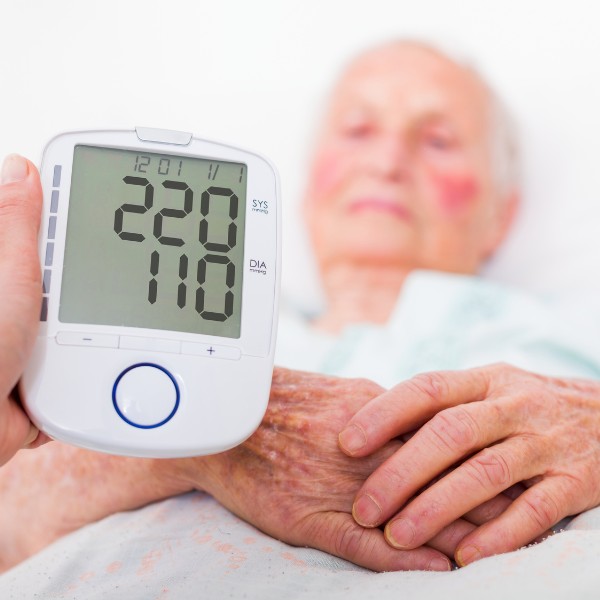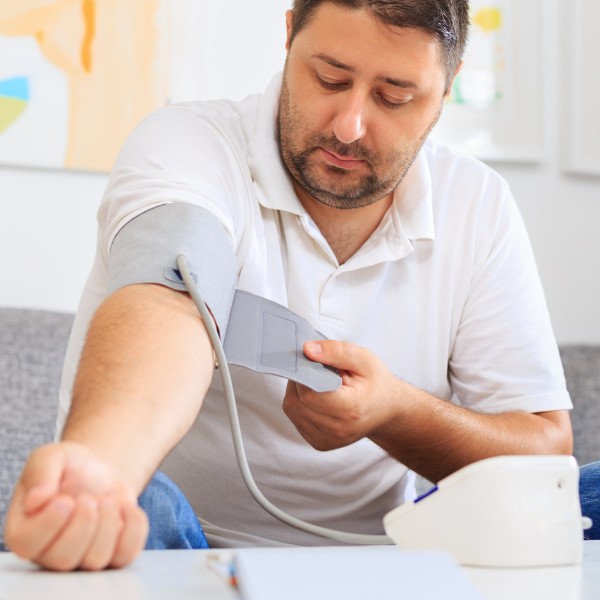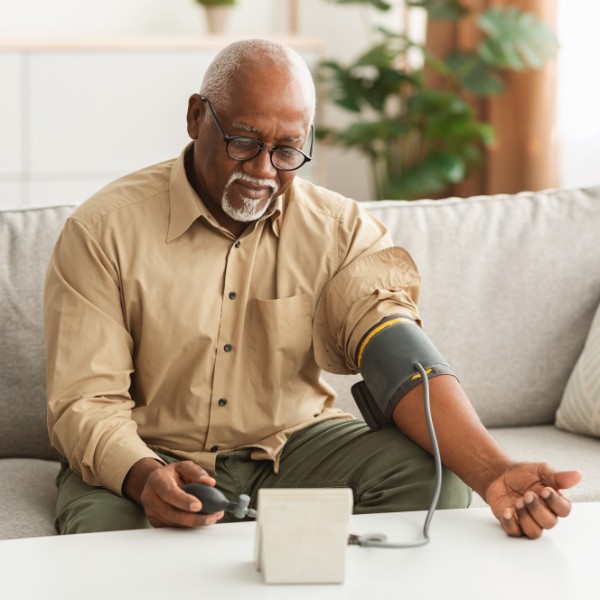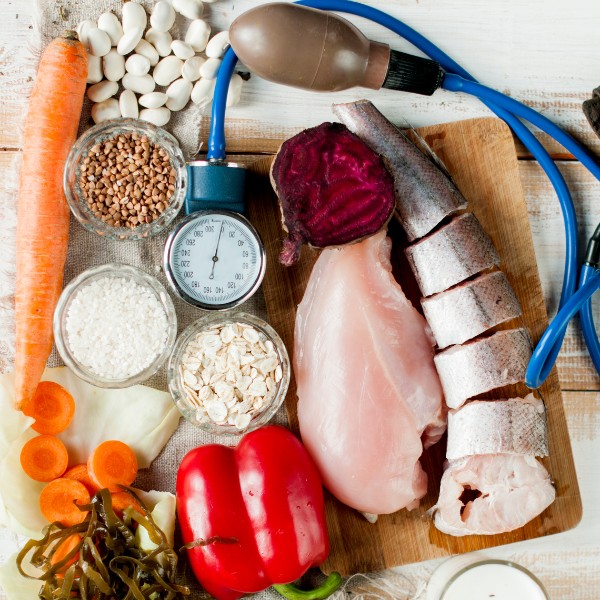Hypertension
Hypertension
Blood pressure is a force that blood generates against vessels’ walls flowing through their light. As we grow old, those valves become stiffer and lose flexibility, so the pressure increases.
If the pressure is too high, the thick layer of cells in the vessel’s wall is damaged, then in those places, other cells, f.eg, white blood cells and cholesterol, collect, creating atherosclerotic plaques. The pressure is growing more because of decreasing vessel light.
When controlling hypertension with proper care and attention, your lifestyle will improve.
Why is Important?
Blood pressure is a force that blood generates against vessels’ walls flowing through their light. As we grow old, those valves become stiffer and lose flexibility, so the pressure increases.
If the pressure is too high, the thick layer of cells in the vessel’s wall is damaged, then in those places, other cells, f.eg, white blood cells and cholesterol, collect, creating atherosclerotic plaques.
The pressure is growing more because of decreasing vessel light.
The blood pressure is too high because of:
-
- Inappropriate lifestyle leading to overweight or obesity
- Lack of activity
- Unhealthy diet, salty dishes,
- Consuming of alcohol
- Smoking
- Stressful life
- Genetic predispositons
How we can help
Complications of untreated hypertension may lead to left ventricular hypertrophy, atherosclerosis of the carotid, renal, and coronary arteries, stroke, kidney failure even aortic dissection.
If you are in the risk group of hypertension, the doctor may recommend regular measuring blood pressure. Depending on the values, you may need changing lifestyle, make necessary lab tests, or prescribe medications
Our specialist, after examination, will match the best option for you, protecting you from further consequences of uncontrolled or unrecognized too-high blood pressure levels.
When can we diagnose hypertension?
Hypertension is when blood pressure (BP) is over 140/90 mmHg.
It can be diagnosed according to several homemade measurements or during at least two independent doctor visits.
Hypertension can not be diagnosed after one measurement!
In people diagnosed with diabetes or chronic kidney disease, blood pressure should be less than 130/80.
There is also:
-
- High appropriate BP with values 130-139mmHg and 85-89mmHg
In some conditions, it may require medications. But generally, it needs to introduce a healthy lifestyle or medical intervention - Optimal BP is when the value is less than 120/80mmHg, and in general, when a patient feels good, there is no need for intervention
- Value 180/120 mmHg or higher is dangerous and needs urgent contact with a doctor!
- High appropriate BP with values 130-139mmHg and 85-89mmHg
Who is at risk for Hypertension?
-
- People with a positive family history of cardiovascular system diseases.
- Overweight and obese people with a waist size over 88cm in women and 104cm in men with impaired fasting glucose, impaired glucose tolerance, or diabetes
- Smokers with hyperlipidemia
What are available methods of controlling hypertension?
A person diagnosed with hypertension should buy a device to check blood pressure and be taught by a nurse or doctor about unassisted measurements. After diagnosis, you will have to note your results in the record book. Despite making home measurements on control visits, doctors check your blood pressure.
Sometimes, the doctor can contact us for 24-hour automatic blood pressure measurement.
How to prepare for authoritative measures?
Although the technique is simple, to make reliable results, you have to follow the rules:
- Measurement should be taken in a calm place at room temperature.
It should be measured after having several minutes of rest in a sitting position. - If you are annoyed, it can’t be taken after heavy activity, a meal, or smoking.
- You should have a correctly fitted cuff ( if it’s too small, the BP will be too high. If too big, BP will be too low) at the first measurement, you should measure BP on both arms, and the following results should be taken on the peninsula on which was a higher BP. If there was no difference between the measurement, they should be taken or nondominant arm during measurement, you should sit with both feet on the ground, and the elbow should be braced on the heart leveland it would be best if you didn’t move or talk.
Causes of Hypertension
There are two types of hypertension
Primary Hypertension is the most often type, about 90 percent of cases. Mainly it is caused by different genetic factors and is also related to environmental factors such as lifestyle, obesity, inappropriate diet, insufficient activity, and stress.
Another type is Secondary Hypertension. It’s rarer, and it is one of the symptoms of other diseases induced by some conditions, especially renal disease, diabetes, and endocrine system disorders f.eg thyroid, parathyroid suprarenal gland failure, and atherosclerosis.
Why is hypertension dangerous?
Primary hypertension can not give any symptoms for a long time, which is why it’s dangerous.
It may lead to unrecoverable injuries in the body. Sometimes it can present symptoms such as headache, bleeding nose, dizziness, and weakness which we can not bind with higher blood pressure. It develops secretly, harming walls on vascular, and sometimes the first symptoms are organ inefficiency.
It may lead to severe accidents such as heart attack, stroke, or heart failure.
The presence of consequences is graded by making additional examinations.
How can we avoid Hypertension?
Each person should measure blood pressure once per year preventative. Early diagnosis of high values of blood pressure and improving lifestyle may stop developing hypertension.
If hypertension is diagnosed, you need to take prescribed medications. But also you may need to change your habits and takes care of your health.
People who are overweight should lose weight or should take care of not gaining any pounds. You can use BMI or WHR ratio. A BMI of 25 or more means heavy; above 30 it’s obesity. Even if BMI is correct, the WHR- waist-to-hip ratio should be used.
According to WHO, healthy WHR is 0.9 or less in men and 0.85 or less in women.
- Reduce salt and salty meals consuming and highly processed meals. The amount of salt should be less than five grams daily, and it is about a tiny spoon. Salt can be replaced by different spices f.eg pepper, and herbs.
- Change your diet. Reduce the amount of red meat, and try to eliminate saturated fatty acids. They are at least as harmful as trans-fatty acids.
- Give up smoking, and it prevents atherosclerosis and lung cancer
- Reduce alcohol consumption.
- Be active! One hundred fifty minutes of middle-intensity activity or 75 minutes of intensive exercise per week reduces the risk of cardiovascular system diseases.
- Eat plenty of fresh fruits and vegetables rich in potassium, potatoes, tomatoes, peas, beans, and spinach.
- Drink low-fat milk tea without sugar, reduce coffee, eat a lot of walnuts and almonds, and choose whole-grain bread.
